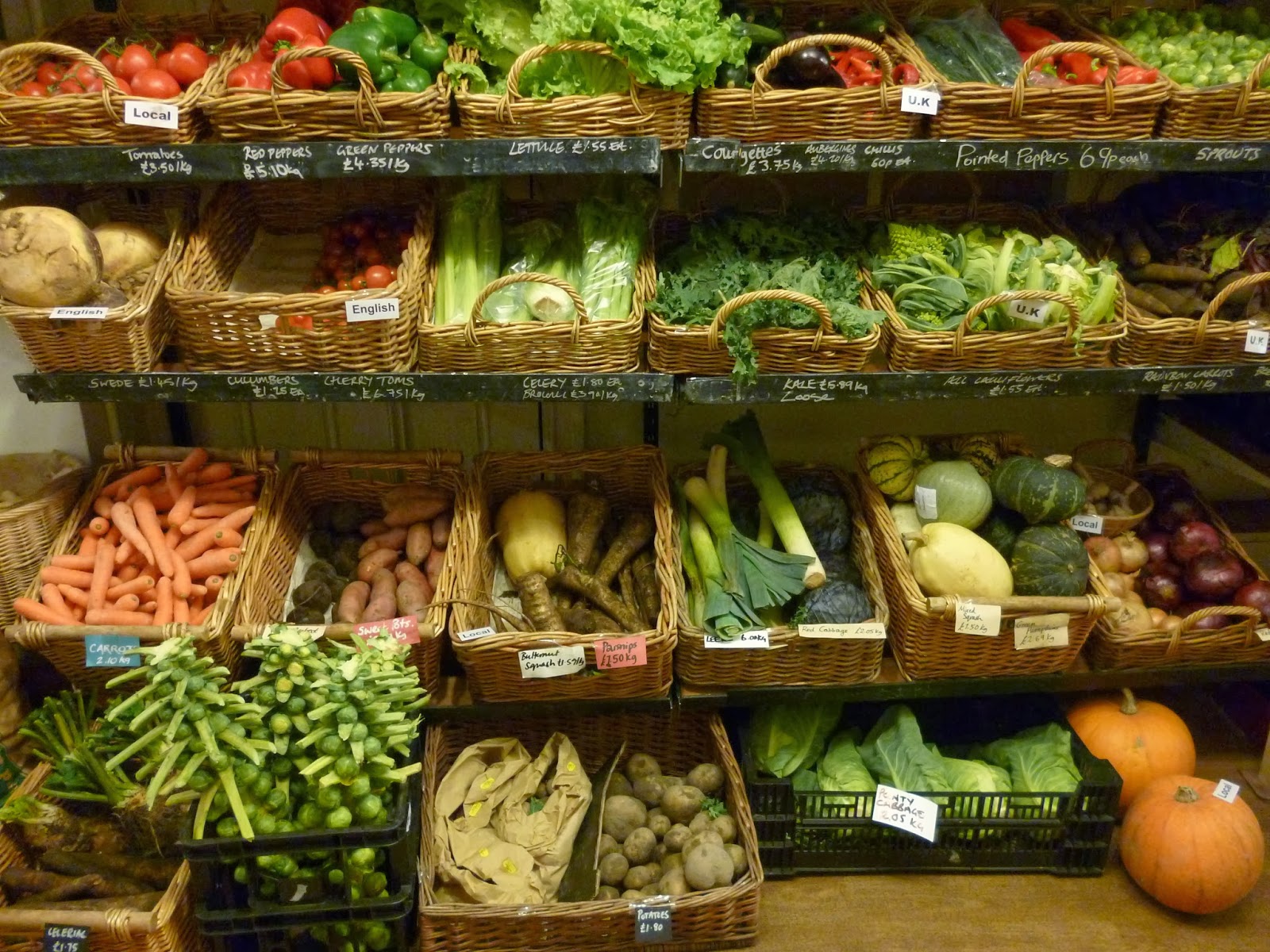By Gia Diakakis, MS, RD, LDN, CNSC
My favorite piece of nutrition advice comes from author Michael Pollan: “Don’t eat anything your great-grandmother wouldn’t recognize as food.”
While the idea doesn’t apply as well to me—coming from a family from a village high in the mountains of Greece (thus eliminating most foods around me)—I nevertheless understand the message loud and clear. Many food items available are packaged, shelf stable and convenient, bearing little resemblance to the food generations of grandparents before us ate.
As a nutritionist, eliminating packaged and processed foods has always been something I recommend, but I sometimes struggle to provide strong enough evidence to convince families to eliminate them from their diet.
I am ecstatic to say, I finally have it! If you’re ever looking for another reason to eat whole and fresh foods, look no further. This past month, a journal article was published titled, “Dietary emulsifiers impact the mouse gut microbiota promoting colitis and metabolic syndrome.”
In the time it took me to read this article, I stopped three times to text various friends urging them to “NEVER eat anything with dietary emulsifiers ever again!”
Before I continue, let me explain what dietary emulsifiers are. Dietary emulsifiers are substances that are added to food items to prevent separation. You can think of them as thickeners or stabilizers. They are substances that help ice cream stay creamy, pasta sauces stay thick, cookies stay soft and salad dressings remain mixed. Picture salad dressing from the store. They are often perfectly uniform in color, with no separation. Now imagine your homemade balsamic vinaigrette. While delicious, it quickly separates into two layers: an oil layer and a vinegar layer. The difference in these two items is emulsifiers.
For purposes of writing this blog post, I attempted to find a comprehensive list of foods that contain dietary emulsifiers. They are present in so many foods that it’s nearly impossible. Different brands contain different items, so while one salad dressing on the grocery store shelf may contain emulsifiers, the one next to it will not. As most dietitians say, you need to read food labels! If there are items in the ingredient list you don’t recognize, avoid it. A few of the most common emulsifiers to avoid are
- polysorbate 80
- lecithin
- carrageenan
- polyglycerols
- xanthan gum (and other“gums”)
- CSL Calcium Stearoyl Di Laciate
- PolyGlycerol Ester (PGE)
- Sorbitan Ester (SOE)
- PG Ester (PGME)
- Sugar Ester (SE)
- Monoglyceride (MG)
- Acetylated Monoglyceride (AMG)
- Lactylated Monoglyceride (LMG)
In reading this new journal article, many things I was always unable to put into words were suddenly right in front of me. Dietary emulsifiers (specifically CMC (carboxymethylcellulose) and P80 (polysorbate-80) were found to promote colitis and metabolic syndrome. A few additional findings included impaired blood glucose control and increased bacterial adherence in the bowel. These emulsifiers were called “detergent-like molecules” to the gut which really put it into perspective for me. They impact gastrointestinal health and metabolic health–two separate systems, both equally important to our overall health.
I can go on and on about this but what’s my bottom line? While this research is new and hot, the end message is the same as one I have always said. Eat as much fresh and whole food as you can and try to limit processed foods. If something doesn’t spoil relatively soon after purchase, don’t eat it. Be aware of what you’re putting into your body.


